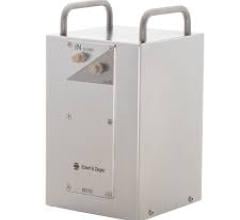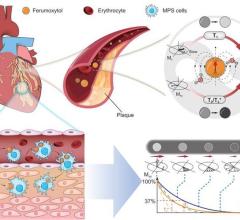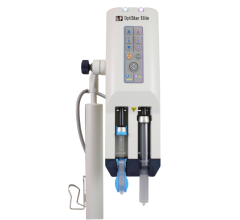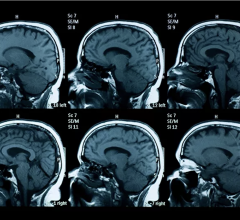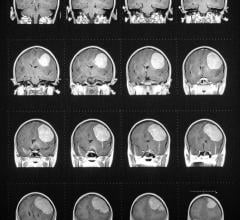August 4, 2008 - There is no statistically significant difference between iopamidol-370 (Isovue-370) and iodixanol-320 (Visipaque-320) in the rate of contrast-induced nephropathy (CIN) in high-risk patients undergoing CT, according to findings from the PREDICT study.
The results of the Patients with REnal impairment and DIabetes undergoing Computed Tomography (PREDICT) study were just published in the American Journal of Roentgenology (Am J Roentgenol. 2008;191: 151-157). The PREDICT trial is the largest, prospective, randomized, double-blind comparison of the iso-osmolar iodixanol-320 with the low-osmolar iopamidol-370 in high-risk patients undergoing computed tomography (CT).
The purpose of this multicenter, double-blind, randomized study was to prospectively compare the incidence of CIN following administration of the nonionic monomer iopamidol-370 (Isovue -370, Bracco Diagnostics, 796 mOsm/kg) or the nonionic dimer iodixanol-320 (Visipaque 320, General Electric Healthcare, 290 mOsm/kg) in 248 patients with moderate-to-severe chronic kidney disease and diabetes mellitus. CIN was defined as increases in serum creatinine equal or above 25 percent from baseline levels, detected at 48-72 hours following administration of the two contrast media.
�The PREDICT study shows that there is no statistically significant difference in the rate of CIN between the iso-osmolar iodixanol and the low-osmolar iopamidol in patients with significant renal impairment and diabetes, i.e., in those patients that are considered at high-risk for an acute and clinically important decline in renal function following the administration of intravascular contrast media. The PREDICT study reinforces the results of earlier published studies, the IMPACT Study and the CARE Study, that also failed to find a difference between iodixanol and iopamidol when administered to at-risk patients� said Matthew J. Kuhn, MD, Chief, Division of Neuroradiology, Clinical Professor, Department of Radiology, Neurology, and Neurosurgery Southern Illinois University School of Medicine, the lead investigator and expert in CIN.
�During the last five years there has been a great deal of discussion about CIN and the safety profile of various contrast media. It has been our goal to support research which could provide valid and reliable clinical evidence to the healthcare community on this very serious topic. PREDICT1 is the third head-to-head clinical trial comparing iopamidol and iodixanol which demonstrated no statistically significant differences between the two agents in at-risk patients. The first trial, IMPACT2, compared the agents following their intravenous injection in 153 patients with chronic kidney disease undergoing CT and the second trial, CARE3, the largest study, compared these agents following their intra-arterial injection in 414 high-risk patients who were undergoing cardiac angiography or percutaneous coronary intervention. Bracco Diagnostics Inc. is committed to investing in clinical research to advance the field of medical imaging�, stated Alberto Spinazzi, MD, Sr. VP, Group Medical and Regulatory Affairs at Bracco Diagnostics Inc.
For a copy of the study: http://www.bracco.com/usa/en-US/Imaging/XRay/Isovue/
For more information: www.bracco.com


 July 09, 2024
July 09, 2024 


